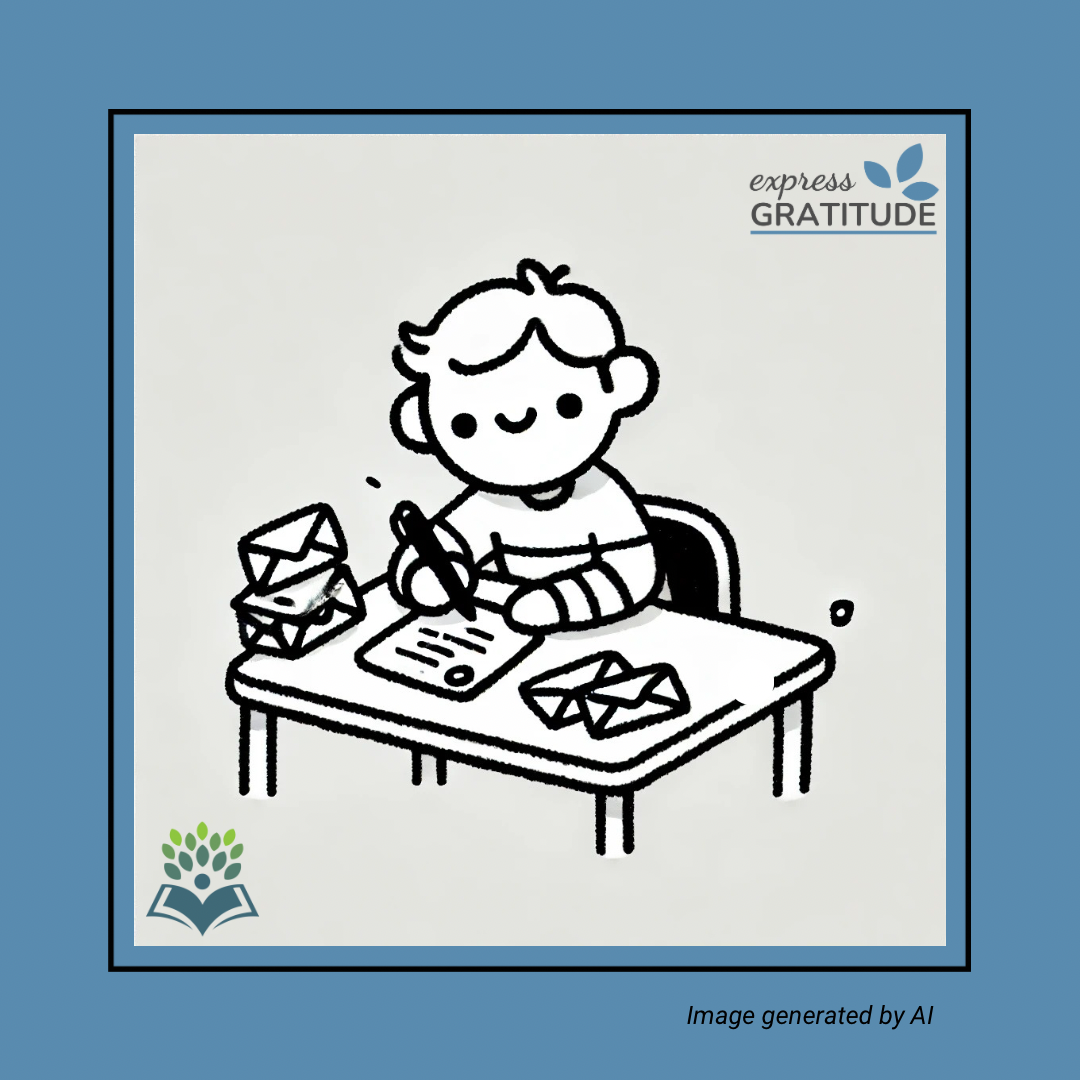Impactful Gratitude
You did it!
You’ve gotten through the end-of-year (EOY) fund development season. Congrats. Donors give significantly more during November and December than other times throughout the year. For the nonprofit, it’s a lot of work in a short span of time to attract and hold their attention while delivering a compelling call to action. But it’s worth it. Or at least I hope it has been for you.
So, now you are sitting pretty. You’ve got some funds in the bank, your Program team is making good use of them, and it’s months until the Gala. Time to take things a bit slower and start planning for 2025.
HOLD ON. Before you start looking forward, remember that strong fund development work is about stewarding relationships, not just cashing checks.
Get a pen, some notecards, and a beverage. Settle in and start writing some good, old fashioned, thank you notes. The kind with an envelope and a stamp. They don't have to be long - just a few lines expressing authentic gratitude.
“I already sent the tax letter,” you say.
“That’s a tax letter,” I say.
That’s for the accountants. Of course you had a nice paragraph about what the donation supports and you added well-crafted words of deep appreciation nestled into the letter. Great. But it’s still the TAX LETTER, not the thank-you note. You now need to ensure that the giver feels seen and appreciated in a human way.
“Seriously? Write a thank you note? Can’t I text them?” you say.
Yes, I suppose you can text them. Or email them. Or even call and leave a message on their voicemail. Best practice is to do that as well. Yes, I said AS WELL, as in “in addition” not INSTEAD. Even better if the text or email comes from one person and the thank you note comes from someone else in the organization.
Here’s a process that has worked well for us:
As soon as the donation is received, a tax letter with words of appreciation is automatically emailed from our donor system.
If we recognize the donor or if the donation is sizable, either the ED or the head of development calls, texts or emails a heartfelt thank you immediately after hearing about the donation.
If the donor is connected to another stakeholder, such as a board member or employee, we let that person know as well so that they can reach out. This is super important and often forgotten. But if someone refers you to their friend, you have to involve the person who made the referral out of both gratitude and respect. Imagine if your friend gave a donation to an organization you work closely with, and nobody told you…and then your friend asks you about it, or secretly wonders why you haven’t mentioned it. Awkward!
Someone writes a physical, snail mail, thank you note. That could be the ED, the head of development or another senior team member. Maybe even a board member. Perhaps it’s the same person in #3 if that is an employee who referred a friend. This doesn’t have to happen within hours, but it should happen within a week of donation receipt.
For those who think no one sends snail mail anymore, let me assure you: You’re right. That’s why they make you stand out from the rest. It’s a small way to create a big impression.
Last but not least - you need to send a personal follow-up note (this can be an email or snail mail) that thanks the donor again and describes the impact of the donation - what you did with the money and why it was awesome. This might not happen for weeks or even a few months.
In the development community, the fifth step is known as “closing the loop.” Professional fundraisers will say that you need to tell the donor how the last donation was used before you can ask them for the next donation. In the youth development organization I support, often the youth themselves will write notes with enclosed pictures of themselves in the programs a few months into the year. Donors really appreciate the direct connection to the people served - and the kids get some practice writing thank you notes. Closing the loop in a memorable, authentic way is critical to creating a relationship with the donor and maintaining high levels of donor retention.
That’s why, in the Six Segment System, “expressing gratitude” is a regular, ongoing development task, not just an annual one. As you plan the year ahead, schedule time to send the first thank you (actually, the second, assuming you’ve emailed, called or texted already.) And then schedule time to reach out again later in the year to let them know specifically why their donation mattered. Put it on the calendar now so you don’t forget.
And then go get a latte and start writing those end-of-year thank you notes.


